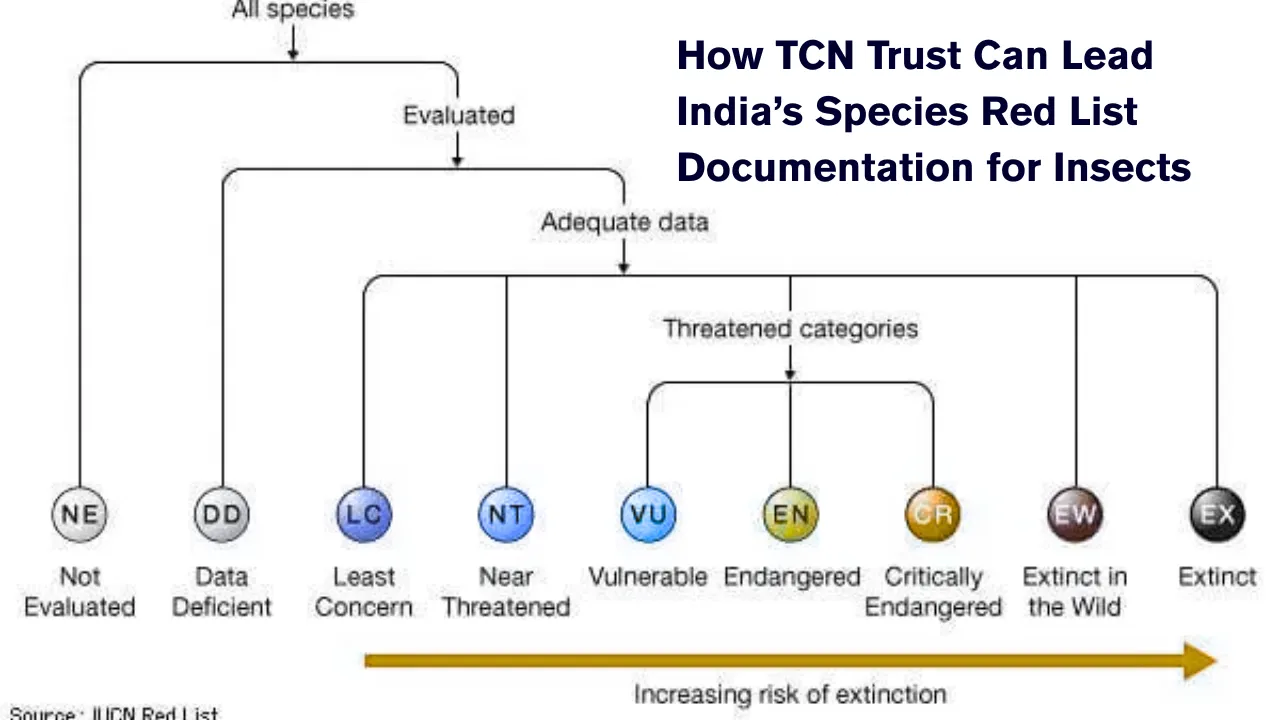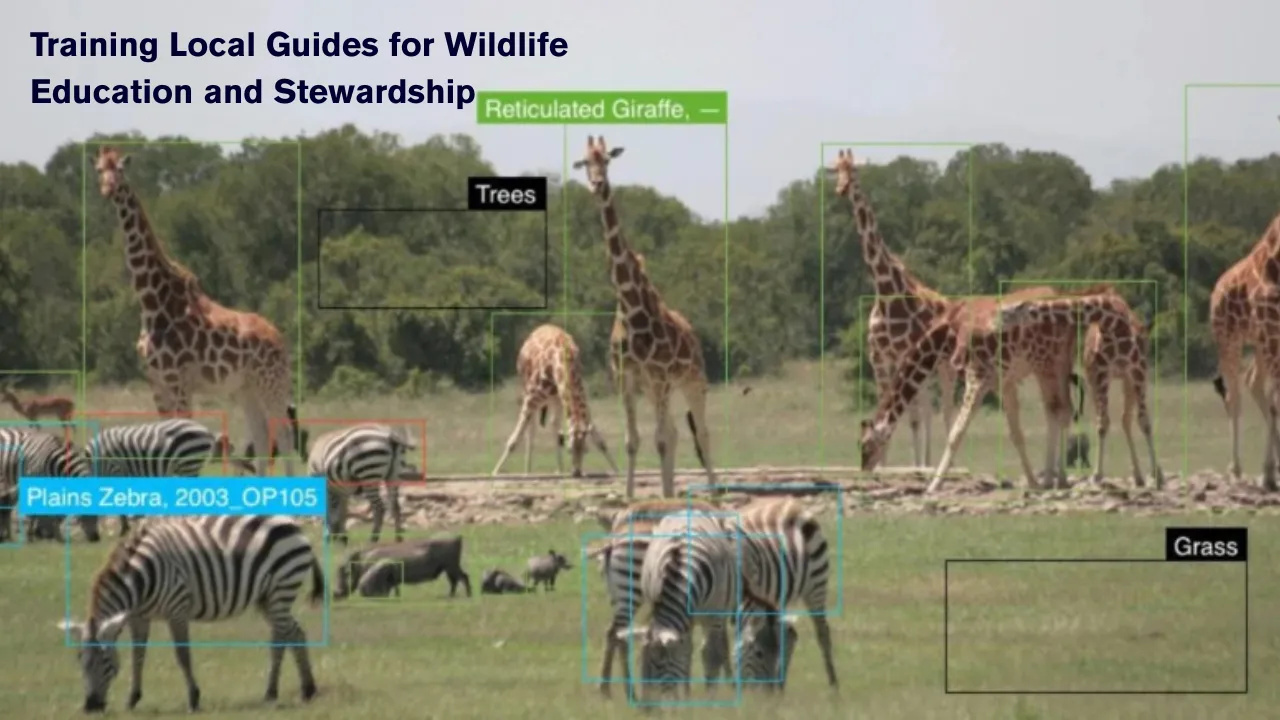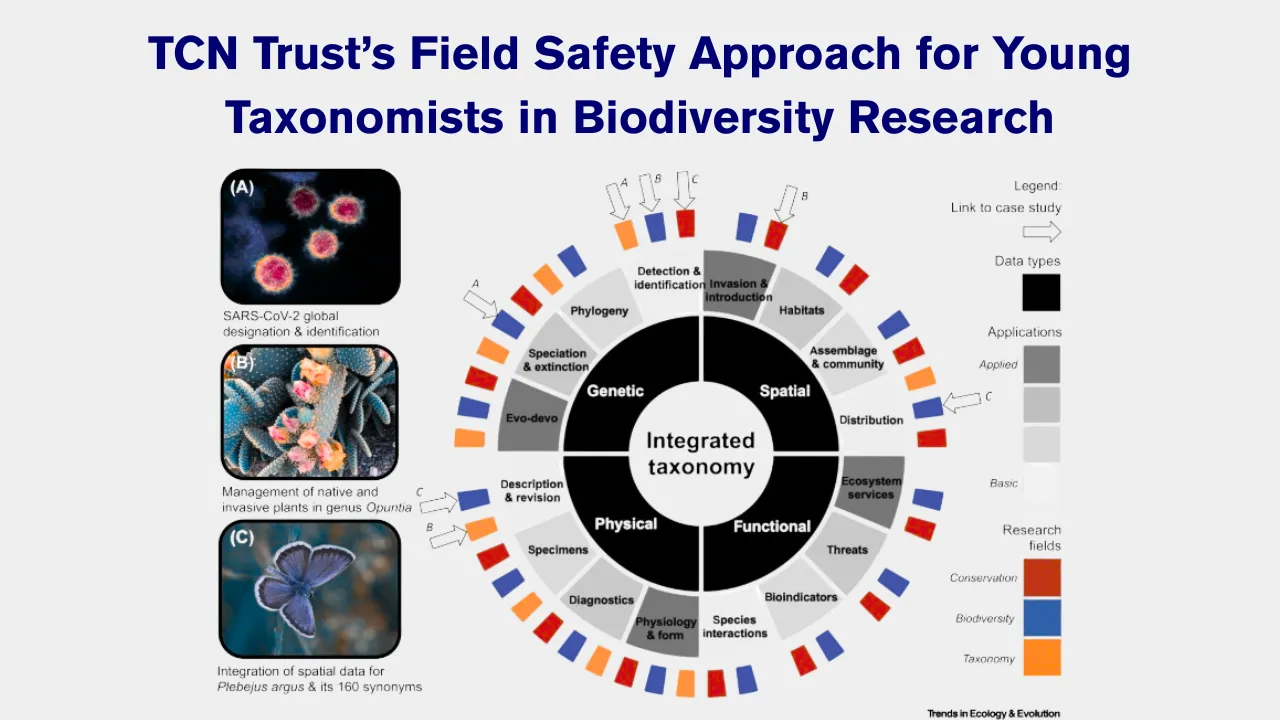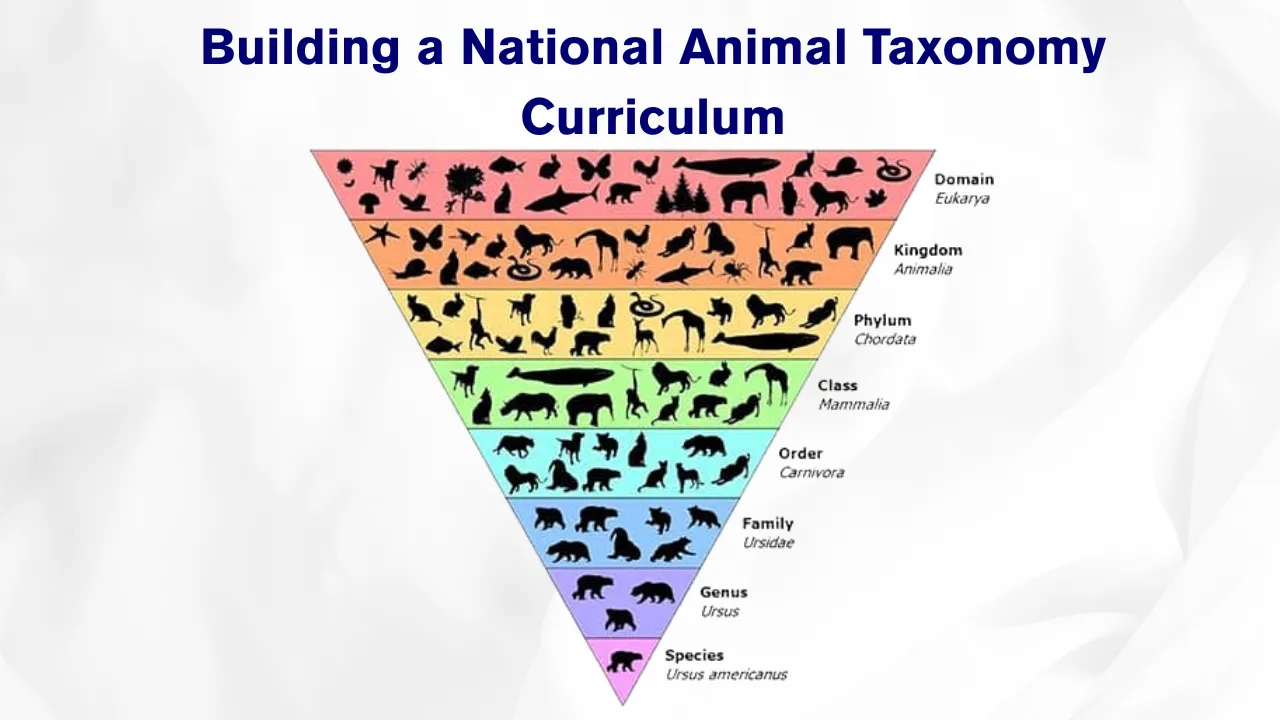Insect Diversity & Taxonomy remains a cornerstone of ecological and biological sciences, providing crucial insights into the immense variety of insect species and their roles in ecosystems. The 2017 commemoration volume by TCN Trust did more than honor a legacy—it created a benchmark in entomological research that continues to shape the future of insect studies.
This article explores how the tribute volume has become a vital reference for taxonomists worldwide. From advancing the classification of parasitic wasps to setting new standards in morphological analysis, it has left a lasting imprint on the scientific community. You’ll also find out how it contributes to biodiversity conservation, supports academic collaboration, and inspires new discoveries in entomology.
Insect Diversity & Taxonomy and Its Research Influence
The Insect Diversity & Taxonomy volume released by TCN Trust was not simply a collection of papers—it was a turning point in how researchers document, analyze, and share knowledge about insects. This tribute volume united dozens of researchers who shared a commitment to understanding lesser-known insect species, especially parasitic wasps. Its global perspective and rigorous methods helped build a framework for modern taxonomy. By establishing unified terminology, updated species descriptions, and illustrated identification tools, it continues to guide researchers in ecological and agricultural sciences. It also serves as a valuable teaching resource in universities, promoting academic growth in entomology and biodiversity science.
Overview of Key Contributions
| Element | Impact |
| Global Collaboration | Brought together experts from over 20 countries to document insect species |
| Parasitic Wasp Taxonomy | Described new species, revised genera, and developed identification keys |
| Data Accessibility | Many open-access entries boosted availability for developing regions |
| Educational Use | Utilized as textbook content and research material in entomology courses |
| Standardized Methods | Improved consistency in morphological documentation and species recording |
Global Collaboration and Contribution
The commemorative volume was not confined to a regional context; it was truly international in spirit and execution. Entomologists from institutions across continents—Asia, Europe, South America, and Africa—contributed their expertise. Each researcher focused on a specific insect group or geographic location, adding to the richness of the compilation.
What made this volume stand out was its diversity—not just of insects but also of academic thought. Various ecological zones were represented, bringing attention to under-researched regions. Through collaborative effort, the volume became a shared platform where emerging and veteran scientists could present findings that might have otherwise remained obscure.
The breadth of research contributed to uncovering biogeographical patterns and led to improved regional checklists. It allowed researchers to address historical taxonomic errors and ensured the continuity of quality data in species databases. Most importantly, it emphasized the value of shared scientific effort in mapping global insect biodiversity.
Elevating Parasitic Wasp Taxonomy
Parasitic wasps are among the most important natural biological control agents. However, they’re notoriously hard to classify due to their microscopic size and immense diversity. The 2017 volume became a turning point in parasitic wasp taxonomy by offering detailed descriptions, line drawings, and taxonomic keys that had been lacking in many prior works.
Several new species and even new genera of parasitic wasps were described. These discoveries significantly enhanced the understanding of families like Ichneumonidae and Braconidae, both of which play crucial roles in controlling pest populations. Their classification has practical implications for integrated pest management, ecological balance, and the study of parasitoid-host relationships.
With high-resolution images and comparative analyses, the volume bridged the gap between molecular studies and traditional morphology-based taxonomy. This fusion of methods ensured that both modern and classic taxonomic tools were given due importance. As a result, parasitic wasp research gained clarity, precision, and much-needed visibility.
Improving Research Methods
Another notable contribution of the volume lies in its methodological clarity. Many taxonomic papers suffer from vague descriptions or inconsistent standards. The Insect Diversity & Taxonomy tribute volume tackled these issues by introducing a uniform structure for species descriptions, providing dichotomous keys, and employing advanced imaging techniques for morphological features.
The clarity of writing and standardization of terms allowed the volume to serve as a teaching model in many postgraduate courses. Field researchers found the format practical and easy to apply in their own studies, leading to more consistent and reliable data collection in subsequent research.
The emphasis on accessibility also cannot be overlooked. Several articles were made freely available online, ensuring that researchers in developing countries had access to cutting-edge science. This democratization of data played a key role in strengthening the global taxonomic community.
Long-Term Research Impacts
The influence of the 2017 volume didn’t fade after its release. It has been referenced in numerous research papers, integrated into global taxonomic databases, and even cited in biodiversity policy frameworks. Many conservation programs today use species checklists and identification guides that originated from this volume.
Its data has been instrumental in identifying invasive species, predicting ecological changes, and refining evolutionary trees. Young taxonomists often cite it as their entry point into serious scientific work, and it continues to inspire new tribute volumes focusing on various insect groups.
Moreover, it laid the foundation for digitized taxonomy. By using standardized documentation, the content of the volume is now easily translatable into digital formats that power biodiversity repositories and AI-based identification tools.
Key Contributions from the Volume
- New Species and Genera Described
The volume documented over 50 new species and several new genera, contributing vital data to global biodiversity indexes. - Identification Keys and Taxonomic Revisions
Comprehensive dichotomous keys and revised classifications made species identification more accurate and accessible to students and professionals.
Recognized Scientists and Their Work
Among the contributors were globally respected entomologists, many of whom had trained under influential figures in taxonomy. Their combined experience brought rigor and precision to the volume, elevating its credibility.
In honoring past scholars like Dr. Zdeněk Bouček, the volume paid tribute not just through words but through scientific contribution. The continuation of their legacy through updated research methodologies and newly described taxa proved that the volume was both a memorial and a scientific milestone.
Encouraging Biodiversity Awareness
Beyond science, the volume has had a cultural and conservation impact. By showcasing a vast array of insect species from various ecological niches, it heightened awareness about the importance of conserving even the smallest members of the ecosystem.
It also showed that taxonomy is not just academic—it’s practical. From agriculture to climate change mitigation, knowing what species exist and where they live helps shape real-world policies. The Insect Diversity & Taxonomy volume remains a compelling case for why detailed, careful documentation of life forms is vital to sustaining life itself.
FAQs
What is the significance of the 2017 TCN Trust volume?
It marked a milestone in entomology by offering detailed species data and advancing taxonomy, especially of parasitic wasps.
How does the volume impact modern research?
Its methods and data are widely cited in ecological studies, conservation planning, and biodiversity databases.
Why focus on parasitic wasps?
They play a major role in natural pest control, making their classification essential for ecological management.
Who contributed to the tribute volume?
Scientists from over 20 countries collaborated, including both seasoned experts and emerging researchers.
Is the volume still relevant today?
Absolutely. It continues to be used in taxonomy courses, cited in new research, and referenced in biodiversity projects worldwide.
Conclusion
The TCN Trust’s Insect Diversity & Taxonomy tribute volume is far more than a scientific collection—it’s a legacy of global cooperation, detailed scholarship, and visionary taxonomic work. Its impact on parasitic wasp research, species classification, and biodiversity awareness continues to grow. By offering structured methodologies, accessible data, and fresh discoveries, it set a high standard for taxonomic research.
If you’re a student, researcher, or simply fascinated by the hidden world of insects, this volume is an essential resource. It reminds us that the smallest creatures often have the biggest stories to tell. Feel free to explore similar works, comment with your insights, or even start your own taxonomic journey. The world of insects awaits your curiosity.







